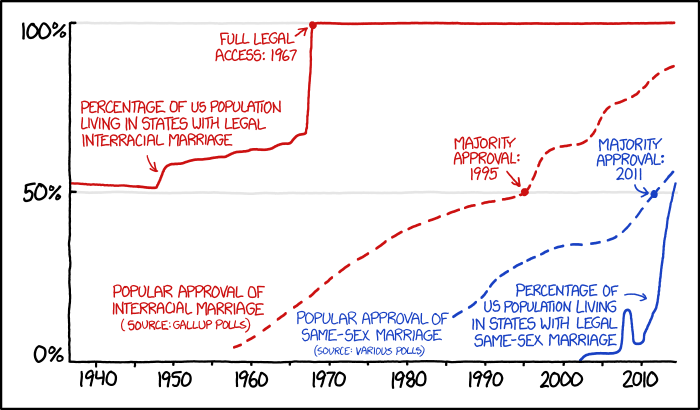Brad DeLong makes an argument that fits very well with a long running discussion that Mark and I have had. Just because there is a known relation, doesn't mean that the effect size of the elements can be ignored. So, the existence of the Laffer curve is pretty much certain, but the exact inflection point where the curve shift from more revenue to less revenue is very, very important.
Brad Delong compares current arguments for infrastructure to the Laffer curve:
In a world where the real rate at which the U.S. Treasury can borrow for ten years is 0.3%/year and in which the tax rate t is about 30%, infrastructure investment fails to be self-financing only when the comprehensive rate of return is less than 1%/year.
Now you can make that argument that properly-understood the comprehensive rate of return is less than 1%/year. Indeed, Ludger Schuknecht made such arguments last Saturday. He did so eloquently and thoughtfully in the deep windowless basements of the Marriott Marquis Hotel in Washington DC at a panel I was on.
But Mankiw doesn’t make that argument.
And because he doesn’t, he doesn’t let his readers see that there is a huge and asymmetric difference between:
my argument that tax-rate cuts are not (usually) self financing, which at a tax rate t=30% requires only that α < 2.33; and:
his argument that infrastructure investment is not self-financing, which at a tax rate t=30% requires that ρ < 1%/year.
To argue that α < 2.33 is very easy. To argue that ρ < 1%/year is very hard. So how does Mankiw pretend to his readers that the two arguments are equivalent? By offering his readers no numbers at all.This principle is broadly applicable to all sorts of arguments that come up on this blog. For example, getting rid of a marginal bad teacher is probably efficient. But constantly churning teachers might shift the efficiency function to a different place on the curve.
So realistic estimates of parameters are critical but also they can also be hard. How do you really tell the Comprehensive rate of return of infrastructure? Is it different in Detroit versus San Francisco? Can it be reliably estimated in advance or only known historically.
But it does lead to better arguments when transparent estimates (that can be discussed or tested) are placed out where they can be evaluated.






